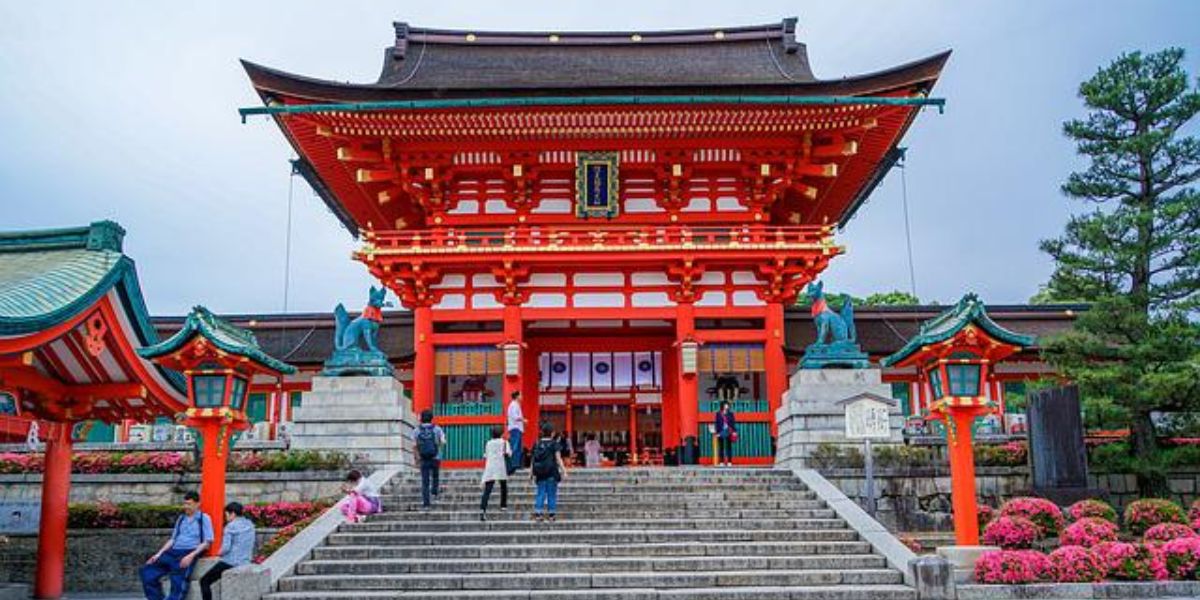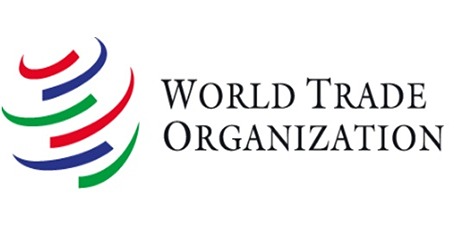On 9 and 11 March 2015 the World Trade Organization (WTO) is conducting a trade review of Japan. The WTO Secretariat has prepared a report in connection with this review and this has been published on the WTO website.
Japan has since 2012 been following a reform programme consisting of monetary easing, fiscal stimulus and structural reforms in some sectors. Real GDP growth is estimated at 0.9% for 2014. The WTO report suggests that further trade and investment liberalization measures are required to increase private investment and competitiveness. Japan’s Revitalization Strategy has the aim of doubling foreign direct investment (FDI) by 2020.
Japan has improved intellectual property rights ({PR} by strengthening copyright protection in the digital environment, improving the efficiency of the patent system and introducing trademark protection for non-traditional marks.
A number of regional trade agreements (RTAs) are being negotiated and Japan aims to increase its trade under RTAs from 19% in 2013 to 70% by 2018.
There are support measures for fisheries and these increased after the 2011 tsunami. Import quotas are applied to a number of species of fish.
Japan’s average MFN tariff rate had decreased to 5.8% by the financial year 2014. The average for agriculture is 14.9% and for non-agricultural products the average is 3.7%. As the difference between the average bound MFN tariff of 5.9% and the average applied MFN tariff (5.8%) is only 0.1% the tariffs cannot move up very much and this provides certainty and predictability for businesses. The bound tariff is the maximum level to which the MFN tariff could rise on a given commodity. The bound rate is however higher for agricultural products (15.2%) and this means that some tariffs could potentially rise to a higher level in the agricultural sector.

















